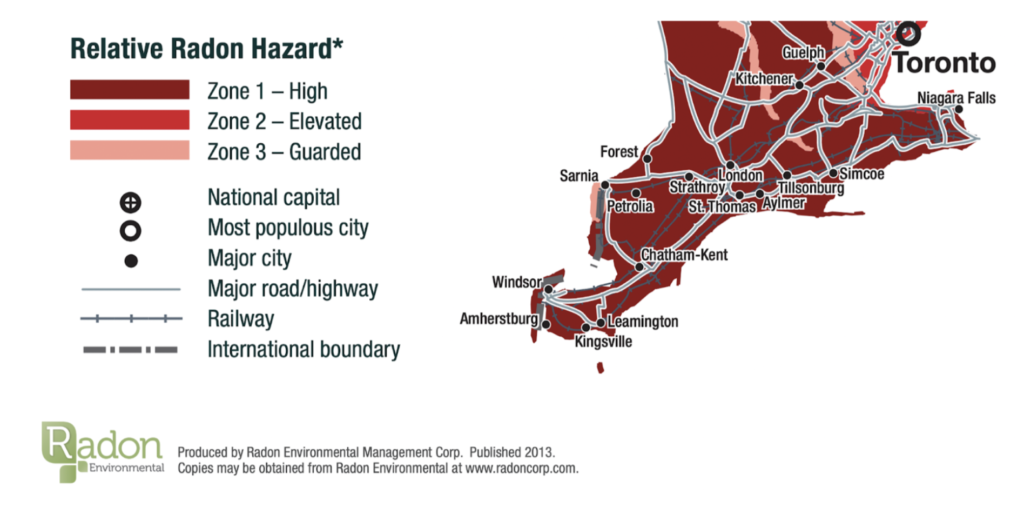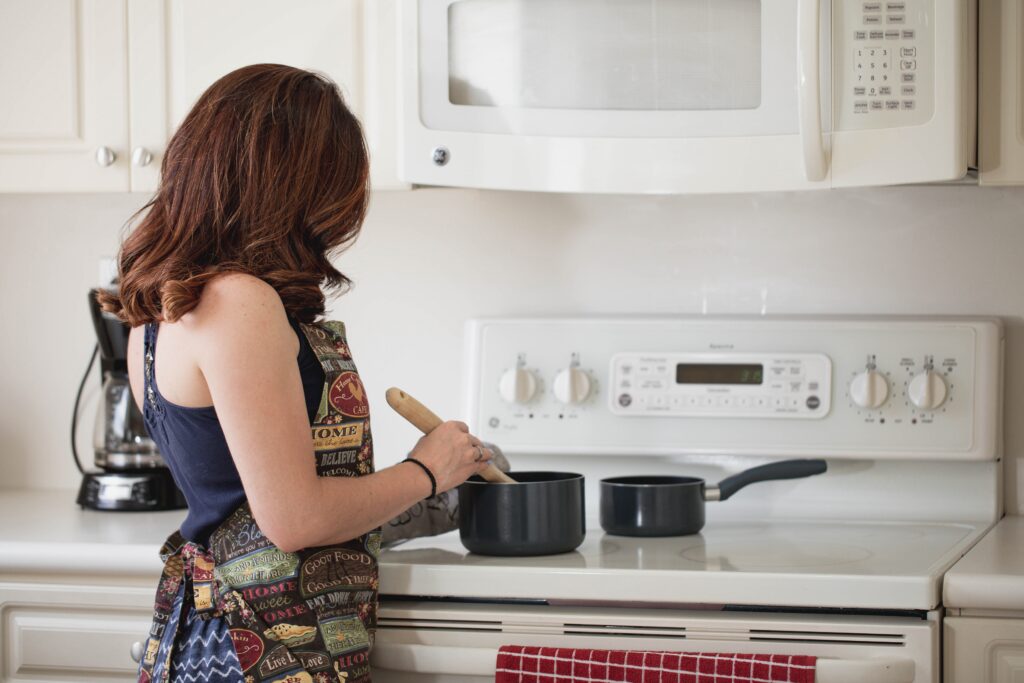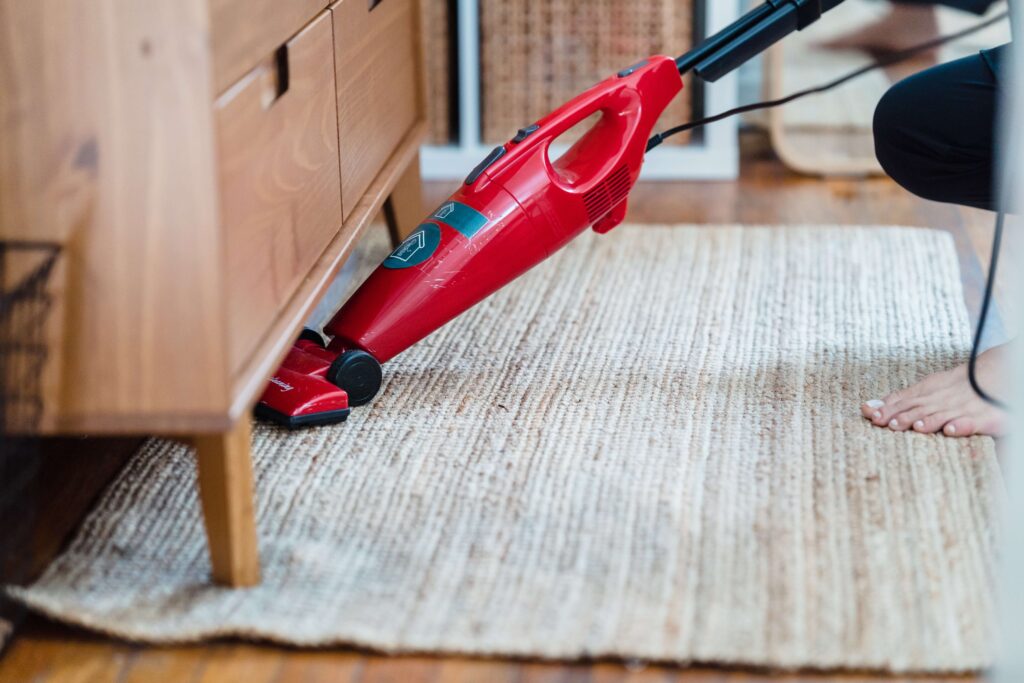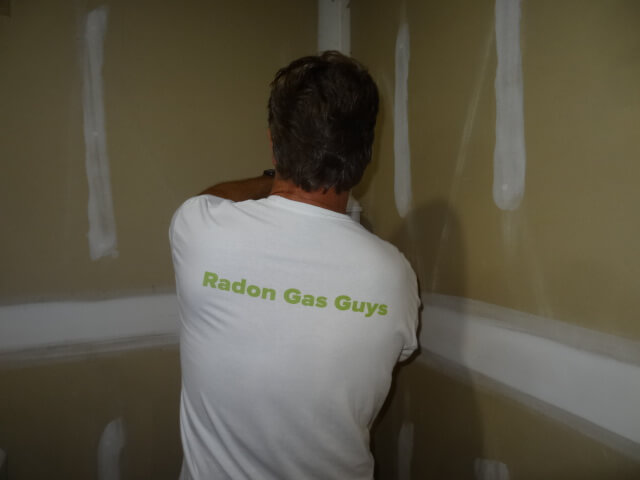9 Ways To Improve Air Quality In Your Home
Most people spend a lot of their time at home, especially with so many people now working fully or part-time from home instead of in an office. While you might not think much about it, your indoor air quality can have a big impact on your life!
Poor Indoor air quality can impact your quality of life, causing health symptoms like eye, nose, and throat irritation, headaches, dizziness, and fatigue. Regular exposure to certain common indoor air pollutants can cause more serious side effects. Long-term exposure to high levels of radon gas, for example, can significantly increase your risk of developing lung cancer.
Continue reading below to discover 9 ways to improve air quality in your home so that you can keep your whole family safer and healthier. If you’re concerned about radon gas in your home, consider purchasing a test kit or call the experts at Radon Gas Guys.
1. Check your home’s radon levels
When trying to improve your home’s indoor air quality, one of the very first things you should do is check your home’s radon gas levels. Radon gas is everywhere. It is created when uranium, a heavy metal found in the earth, decays. As uranium decays, it releases the radioactive gas called radon. While there is no guaranteed “safe” level of radon exposure, high levels are known to cause significant damage over time.

*Note – edited map to emphasize Southern Ontario
Exposure to high levels of radon gas poses a health risk. Did you know that radon gas exposure is the number one cause of lung cancer in non-smoking individuals? When you breathe radon gas into your lungs, the gas decays into radioactive particles inside your body. As the particles release this energy in your lungs, that energy damages lung tissue. This consistent damage to your lung tissue over time can significantly increase your risk of lung cancer.
Fortunately, testing for radon gas is very easy! You can simply purchase a test kit online or call a radon gas remediation company to install the kit for you. This small device will be installed on the lowest level of your home that you use for more than a few hours per day (since radon levels are higher as you get lower to the ground). It will collect radon readings for a long period of time, usually around 3 months. Then, it will tell you your average radon levels.
Health Canada considers the radon limit to be 200 Bq/M3 (Becquerels) indoors.
If it’s found that your home has high levels of radon gas, you can work with a radon gas remediation company to help mitigate this risk. They can add a radon gas mitigation system to your home, seal up any cracks where radon gas may be entering your home, and help you find any other sources of the problem. Learn more about radon gas and how you can keep your family safe from high levels here.
2. Clean up spills or leaks immediately
Indoor mould growth can cause your indoor air quality to deteriorate quickly. Mould can also grow very quickly! Did you know that mould can begin to grow within 24-48 hours under the right conditions? Leaks or spills cause excess moisture to be where it shouldn’t, and in warm indoor environment this is the perfect environment for mould to grow–fast!
Exposure to indoor mould can make you feel sick. It can cause respiratory symptoms, increase asthma symptoms, cause dizziness and headaches and cause other flu-like symptoms. One of the easiest ways to avoid these issues is to clean up any moisture you find right away. Even if you think “Oh, it’s just a small spill,” that’s often all it takes for mould to start growing. And mould growth can be sneaky. It can grow behind walls and under carpets and flooring, where you might not notice it until it becomes a big problem. It’s best to clean up any spilled liquids right away to avoid any mould problems, big or small.
3. Use your fan/range hood while cooking
Cooking is an everyday, average thing that many homeowners do more than once per day. We don’t often consider cooking when we think about indoor air quality, but cooking food, especially frying on the stove can cause a lot of particles and moisture to be released into the air.

Gas stoves can also release certain indoor air pollutants, such as particulate matter, nitrogen dioxide, and carbon monoxide. You can reduce the tiny particles, gasses, and moisture released while cooking very effectively if you simply turn on your range hood or fans while cooking.
According to Health Canada, cooking on the back burner and using your range hood on a high setting can reduce humidity, particles, and gasses by up to 80% when compared to a fan on a low setting.
To ensure your fan is as effective as it can be, remember to regularly change your filters and ensure that your fan is properly venting outdoors.
4. Get your ducts cleaned
You have probably heard about duct cleaning scams and maybe it has made you wonder if duct cleaning itself is a scam! Duct cleaning is not a scam–in fact, it’s a great way to improve your indoor air quality while also helping to ensure your furnace and air conditioner work efficiently throughout the year.
When you work with a reputable company, duct cleaning ensures that your ductwork (the vents that run through your home) are cleaned and cleared. This helps eliminate:
- Dust build-up
- Pet hair and dander
- Cobwebs and insects
- Moisture and mould growth
- Other debris that has got stuck inside
When your ductwork works properly, it means that the airflow in your home is significantly improved. This is a great way to improve indoor air quality. It also removes common allergens from building up, so you and your family can breathe easier.
5. Don’t run your car or other gas-powered machines in your garage
If you have an attached garage, the gasses generated from vehicles like cars or trucks or small gas-powered machines like lawnmowers or snowblowers can easily enter your home. These gasses can be extremely dangerous (such as carbon monoxide), so it’s important to avoid allowing them to enter your home.
The easiest and best way to do this is to simply never run these machines inside your garage. Of course, you need to start your car to get it out of the garage! However, never idle your car inside your garage to warm it up or get it ready to drive. As soon as you start your car, leave the garage and if you must idle it, do it in the driveway with the garage door closed.

The same goes for your other small machines like snowblowers or lawnmowers. Avoid turning them on in your garage, and don’t leave them idling inside. If you have a barbeque that you store in your garage, never cook inside your garage.
If you have a door to your garage from inside your home, make sure that your door is properly sealed to help prevent the gasses produced from your car or other equipment from entering your home. You should also make sure that the door stays closed as much as possible.
6. Purchase an air purifier
At-home air purifiers are a great way to help reduce indoor air pollutants and allergens that can bother sensitive family members. While they won’t completely remove pollutants, they are still a good tool for improving indoor air quality. An air purifier with a HEPA filter is best.
Air purifiers are especially helpful if you have seasonal allergies, as most on the market are great for removing pollen as well as other allergens like dust and mould spores. Air purifiers can also keep your family healthier by capturing bacteria, viruses and even smoke particles caused by wildfires.
If you’re considering an air purifier for your home, check out this guide from the New York Times to help you pick one that is best for you and your family.
7. Regularly vacuum your home
Regularly vacuuming your home can ensure that excess dust, pet hair, dirt, and allergens (such as pollen) brought in on clothes or shoes are quickly eliminated. Health Canada recommends using a vacuum that vents outside (like a central vacuum system).

Central vacs help make sure that everything you collect is quickly and efficiently taken right out of your house, leaving little opportunity for anything captured to re-enter your home. If you prefer a traditional vacuum cleaner, find one with a HEPA filter and make sure you use and replace the filters as recommended.
Your carpeting and floors shouldn’t be the only thing you vacuum. It’s also recommended that you regularly vacuum upholstered furniture and your mattress to prevent dust mites.
9. Air out your house
When possible, open up your windows and let that fresh air in! Here in Ontario, we can have months and months of cold, dreary weather. But even during the winter, it’s a great idea to open up your windows every few weeks to help improve airflow.

When airing out your home, try to avoid opening up your windows on particularly humid days–you don’t want to increase your home’s moisture levels, as this can promote mould growth.
If you’re wondering about your home’s moisture levels, you can purchase a hygrometer. This small device will let you know how humid your home is so you can take steps to reduce moisture and humidity if it’s reading too high.
10. Change your furnace filters
Your furnace filter is there for a reason–it helps trap dust and debris and keeps your furnace and air conditioner working well. However, it’s important to change your filters as recommended. Many furnace filters should be changed every three months, but for others, it is recommended every 6 months or even every month! If you aren’t sure what your furnace requires, consider chatting with an HVAC technician to help you out.
Furnace filters are relatively inexpensive (usually around $50.00) and can be purchased from nearly all hardware stores. It only takes a few minutes to change your filter, but it can make a big difference when it comes to your home’s indoor air quality.
Concerned About Your Home’s Indoor Air Quality? Rely On The Radon Gas Guys For Radon Gas Removal

You and your family spend a lot of time in your home, it’s important to make sure that the air you breathe every day is safe and clean. The Radon Gas Guys are committed to the health and safety of homeowners in Southern Ontario. If you have radon gas in your home, we want to help you and your family stay safe in your home with effective radon removal services.
When you choose to work with us, we have a 100% guarantee that our radon remediation systems will work. If the radon mitigation system does not reduce the levels below the Canadian standard, we will correct it at no cost or refund your money. We always stand behind our work. That is our guarantee to you!
If you are worried about high levels of radon gas in your home and are ready for radon gas removal, give us a call. We would be happy to discuss your options and get a plan in place to reduce the high levels that could make you and your family sick.